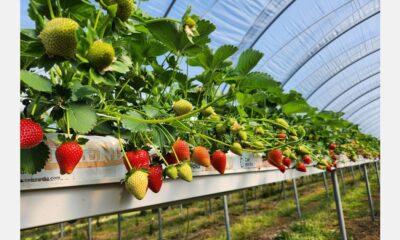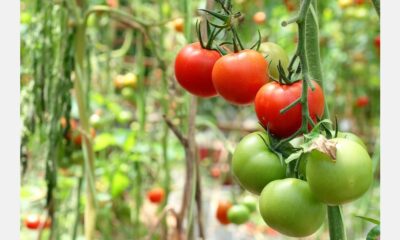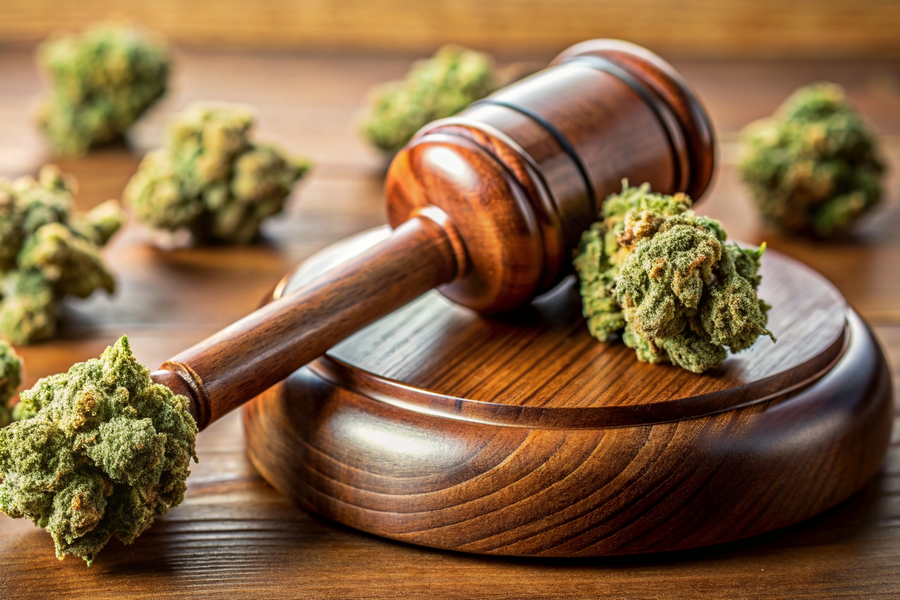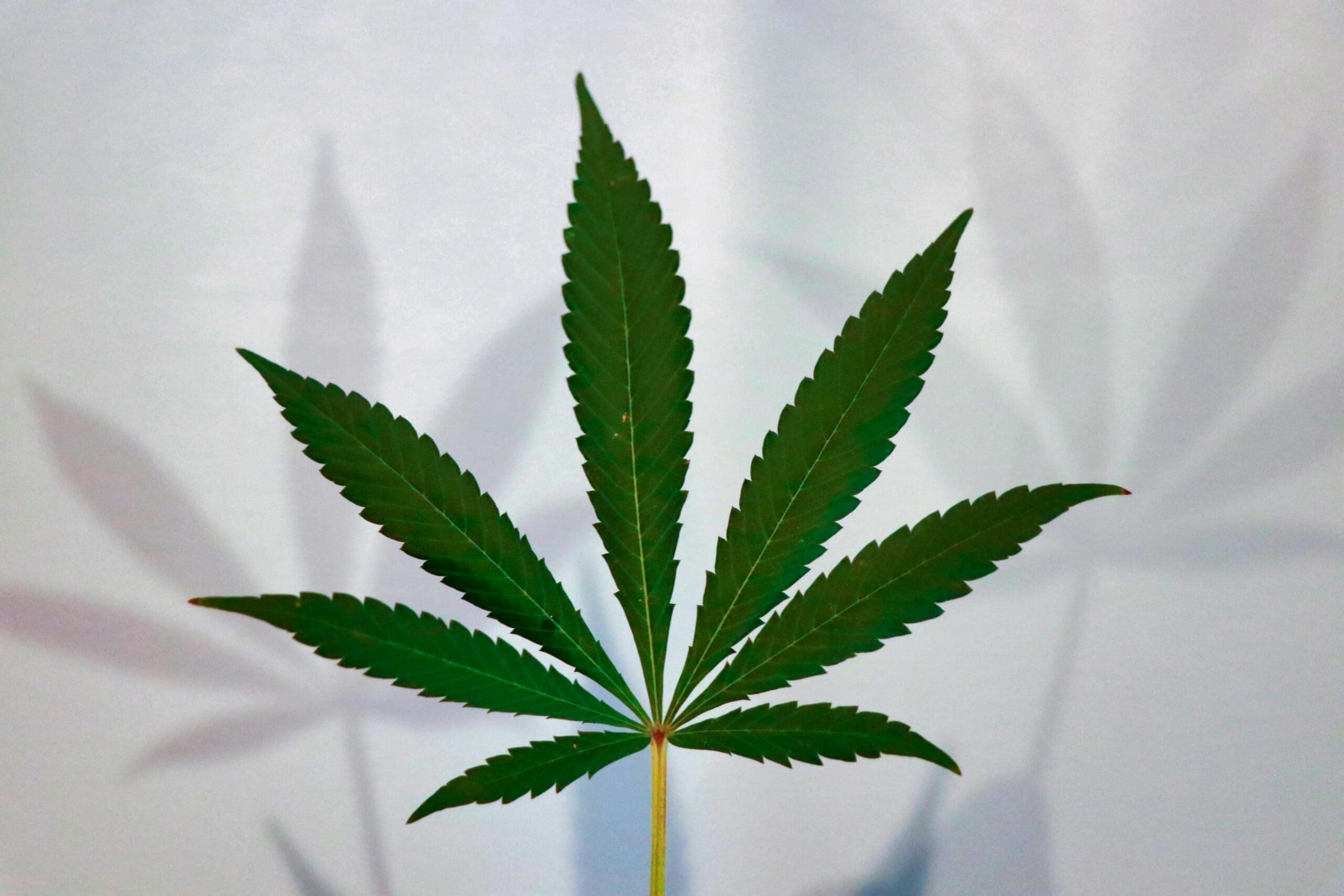This summer, some greenhouses in the Netherlands are trying to grow tomatoes, peppers and eggplant: the sheets of organic substrates made with jute. The Holand is an important step for bioproducts, which is a traditional greenhouse. So far, the company has had the greatest success with Jute-based substrates in hydroponics and vertical agriculture.
At Greentech Amsterdam, the Holland Bioproducts presented its range of products, for greenhouse crops, jute pads as well as microgreens and jute plugs. “Right now, our main focus is hydroponics and vertical agriculture,” says sales director Sales de Haan, talking from the company’s office at the World Horti Center.
Holland Bioproducts were founded in 2017, but it brings more than fifteen years of experience to process jute. With this experience, the company develops a high quality compostable alternatives, with traditional substrates like peats and rockwools. Their products are made from a specific part of the jute plant fibers, asian (combined with other European raw materials).
 © thijmen tiersma | Mmjdaily.comReinout Broorkers, Rob Teep and Arjen de Haan (Holland bioproducts) Grandech Amsterdam in 2025
© thijmen tiersma | Mmjdaily.comReinout Broorkers, Rob Teep and Arjen de Haan (Holland bioproducts) Grandech Amsterdam in 2025
Elastic crop
Jute plugs have a unique conical form and sowing sowing, because they are designed to sow and disseminate hydroponic systems. Sometimes, while they need small adjustments, accessing existing configurations, large international customers are widely used, Arjen explained. Switzerland, the United Kingdom, the United States, Middle East, and Australia are successfully growing in the substrates of Holland bioproducts.
For microphen farms, the Holland bioproducts provides a completely organic blue line series, adapted to the pads, crop types and harvesting method, with or without roots.
The current movement of the more elastic crop is playing in the hands of the company. Piper production, increasingly increasingly changing alternatives from traditional substrates. For this market, Holland Bioproducts has developed a substrate sheet made with jute, mixed with miscthus and other herbs.
“It’s a really mix of organic fibers,” Arjen explained. “Jute gives strength, miscanthus adds aimena and the grass gives the volume. All components are sterilized to ensure safe crop.” Parts are more suitable than peppers, tomatoes and eggplants can also grow in them.
In collaboration with the manufacturers of the system
Holland Bioproducts entered worldwide as a recently participant and became a member of the Dutch Greenhouse Delta, a network that contains many technical suppliers. “It’s very valuable for us,” Arjen says. “We explore how to adapt the system manufacturers together to make sure the systems can operate successfully with our substrates.”
Within the Dutch Delta Greenhouse, it has become an active company in the Middle East module. “We see strong growth there, like the use of peat in the pressure under pressure, is another important region of Scandinavia, where the Middle East is a key sustainability driver.”
Footprint
To measure sustainability, Holand Bioproducts had its substrates evaluated by the universities and research of Wagening. “The results showed that our substrates are very well compared. Our footprint is significantly lower,” Arjen confirmed.
The numbers are very promising, especially for sheets used in fruit vegetables. “These slabs combine the grass and miscanthus. About 70% and 80% of raw materials help maintain a low footprint.”
 © Holland Bio ProductsHolland bioproducts also want to provide blocks with labels, but also blocks with juta, soil crops and rock wool plugs and blocks similar to rock wool laboratories.
© Holland Bio ProductsHolland bioproducts also want to provide blocks with labels, but also blocks with juta, soil crops and rock wool plugs and blocks similar to rock wool laboratories.
Scaling with a slab
Holland bioproduces are making continuous progress with its plugs and microgreen substratum, following new tests on the vegetable substrate slab. Soon, they will meet the farms to review the results of the season. “So far, the crops are growing well. Lately in heat containers, the breeders did not need to add more irrigation,” Arjen says. Looking up to 2026, the Netherlands expects to test four growers, that the slabs will be expanded to use a larger scale, and other breeders will begin with smaller rehearsals.
Arjen explained that the initial phase of the farming requires special attention. The growers cannot use the same methods applied with old substrates. However, as they are testing more crops, the growers are beginning to see the benefits of changing alternative materials. An example of jute, after use is completely composting. “This saves money to throw money costs,” Arjen says. Jute has a lower environmental impact, requiring less water than coca, and is certified according to the regulation of fertility products (FPR).
Pre-cultivated slab
To fulfill the growing request and improve local availability, the Holland bioproducts is opening a new facility in the Middle East. Here, Jute will be sterilized and processed from India and Bangladesh, improving logistics and efficiency. In the future, the company also grows the opportunity to produce plugs on the site, helping to reduce costs even more.
“But first, our priority is to know more breeders to grow jute options,” Arjen says. It is an attractive product that can help you, the Holland bioprons has just added to its range. These slabs are aimed at other garden centers and other consumer vendors, but it is the surprise of Arjen, as well as interest in professional producers. “It really wasn’t something I expected,” he admits with a smile.
 For more information:
For more information:
Holland bioproducts
(Protected by email)
https://hollandbioproducts.com/
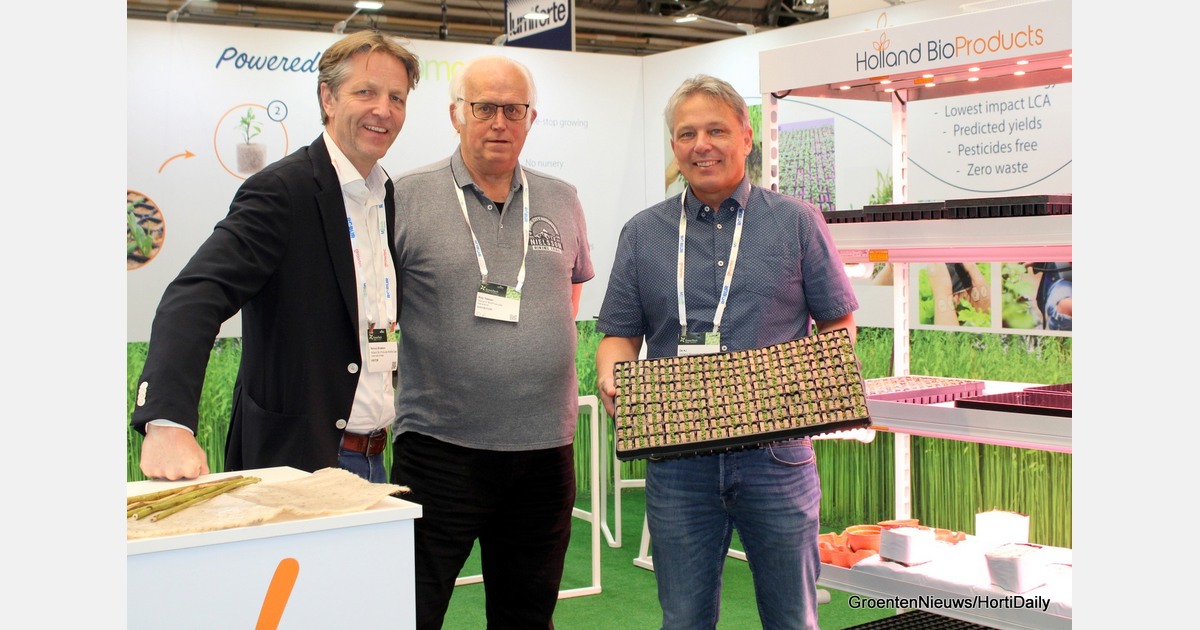

 Cannabis News4 months ago
Cannabis News4 months ago
 Florida4 months ago
Florida4 months ago
 Canadian Cannabis News4 months ago
Canadian Cannabis News4 months ago
 Video4 months ago
Video4 months ago
 Best Practices4 months ago
Best Practices4 months ago
 Video4 months ago
Video4 months ago
 Cannabis News4 months ago
Cannabis News4 months ago
 Cannabis Products & Services News4 months ago
Cannabis Products & Services News4 months ago




